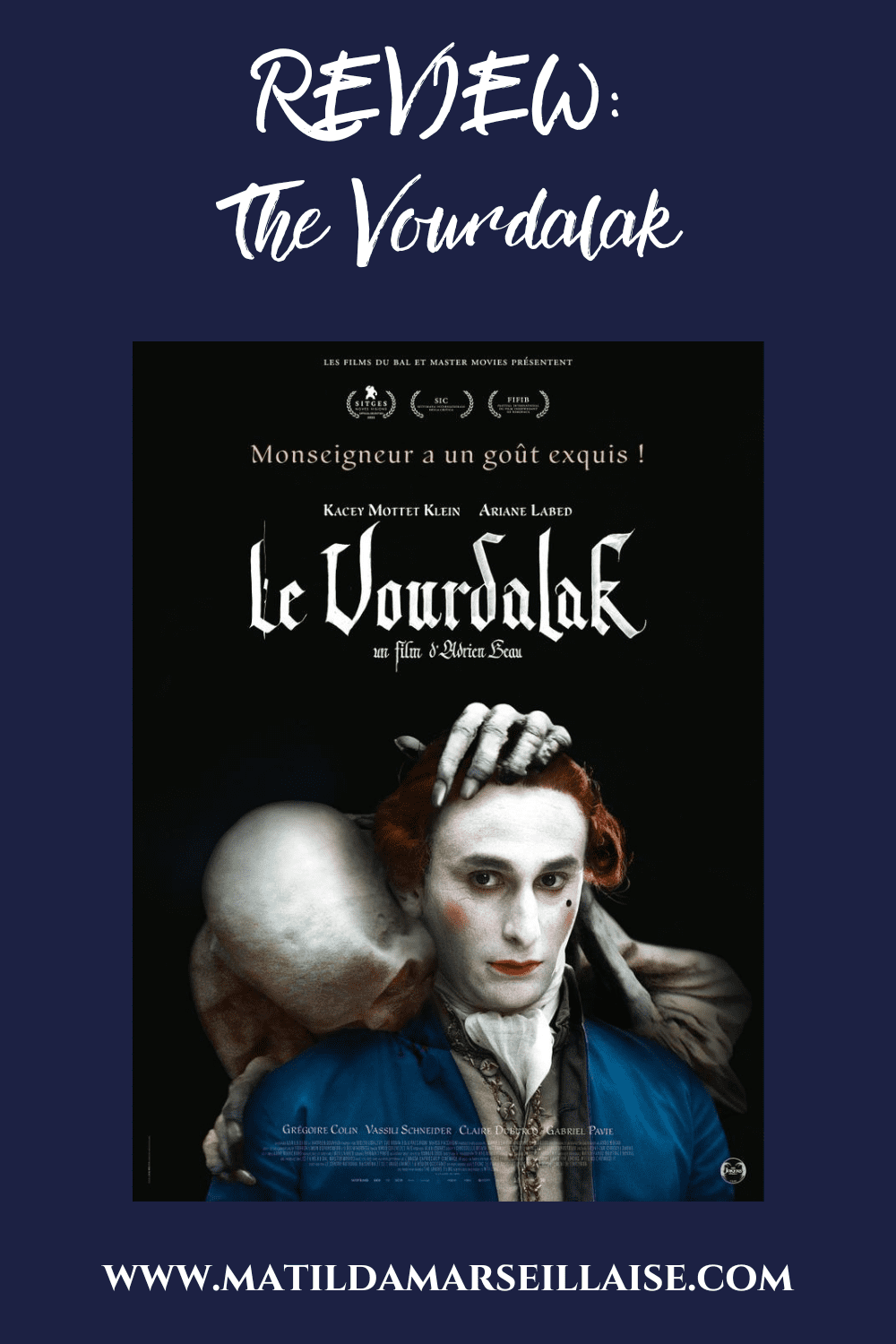In On the Adamant, we climb aboard a unique day centre for people with psychiatric problems. The Adamant, the centre’s name, is a giant 650-square-meter wooden building floating on the Seine in Paris.

Nicolas Philibert’s documentary offers us an honest insight into the centre’s activities and the problems faced by its clients. It’s an open and inclusive place where patients can visit the centre as they please for an activity or to simply enjoy a coffee and feel welcomed and immersed in the atmosphere of the place.
The film opens powerfully with a man whose face shows signs of a rough life passionately singing “La bombe humaine”, by popular French 80s group Téléphone, as others around the room watch. The lyrics are also translated in the subtitles, so non-Francophone audiences can also understand them. They helpfully depict the anguish he suffers from due his mental health:
You hold the human bomb in your hand
You’ve got the detonator right next to your heart
The human bomb is yours, it belongs to you
If you let someone take control of your destiny
It’s the end

Instead of doctors’ appointments and talking about their worries, this centre offers patients another way of approaching their problems. We start each day at the Adamant by opening the wooden shutters of the large windows overlooking the Seine. Gradually, people arrive for the day’s activities.
We see a space where patients can make art, play music, or even learn to sew. Everyone is encouraged to participate but not forced to. We see a considerate and caring side in the alternative treatment of psychiatric disorders. This ensures that On the Adamant is a very human and touching documentary.
The day centre also operates a café selling sandwiches and coffees. Patients can volunteer to staff it. An amusing scene is repeated a few times throughout On the Adamant involving the counting of the cash and the attempt to balance the books. It made me think of a group of friends trying to divide the bill at the end of a big dinner at a restaurant and discovering none of them come up with the same amount.

On the Adamant shows that the patients who attend have their own quite unique problems and that not all psychiatric patients are the same. Similarly, you cannot tell from simply looking at someone that they are a psychiatric patient. Some wear their difficulties more obviously than others. As not all problems are the same, nor should their treatments be.
Nicholas Philibert does not delve into why the patients are there, nor what happened to them to lead them into psychiatric care. Rather, we are simply joining in the activities of the centre and getting to know as much of the patients as they are happy to disclose. A lady talks to Philibert and his assistant asking them about the equipment they are using to film her. She talks about the loneliness in her life and telling him she doesn’t have the right to have friends. The people shown in On the Adamant talk directly to the film maker, such as the man from the beginning of the film who tells Philibert “you’ve got true stars here, more so than in the cinema”.

We agree with the way in which Le Parisien described the film:
“The great beauty of “On the Adamant” is not to pull up the thread, not to look for the place where it broke, not to deconstruct its characters, but to let them unfold, delivering a series of fragile and magnificent portraits.”
The film doesn’t appear to follow a set structure. There is no beginning and end. Rather, it’s a tour over different periods of time; offering us glimpses of things happening at the centre and for the regular attendees of the Adamant. That said, I had thought there would be some kind of conclusion. For example, the mini-festival celebrating the ciné-club’s 10th anniversary, entitled Travelling, was mentioned at the beginning and was taking place towards the end. This could have been a way of concluding the film, but it wasn’t used that way. Perhaps, the director didn’t want to give us an ending because the patients aren’t cured and nothing dramatic happens. It is instead just that a glimpse into moments of the centre and the patients’ lives.
The pace was a little slow for my taste. But I think this was intentional to force the audience to spend an uncomfortable period of time fixated on one person or one moment. Despite its slowness, On the Adamant is a poignant film that shows the beauty of this non-typical approach to psychiatric treatment and the lives of people who benefit from it.
![]()
4 CROISSANTS
Matilda Marseillaise was a guest at the Adelaide Film Festival
P.S. If the film’s title sounds familiar, it may be because it was also selected for this year’s Sydney Film Festival and Melbourne International Film Festival. On the Adamant won the Golden Bear at this year’s Berlinale.
For events with links to France and the Francophonie, check out our What’s on in October






